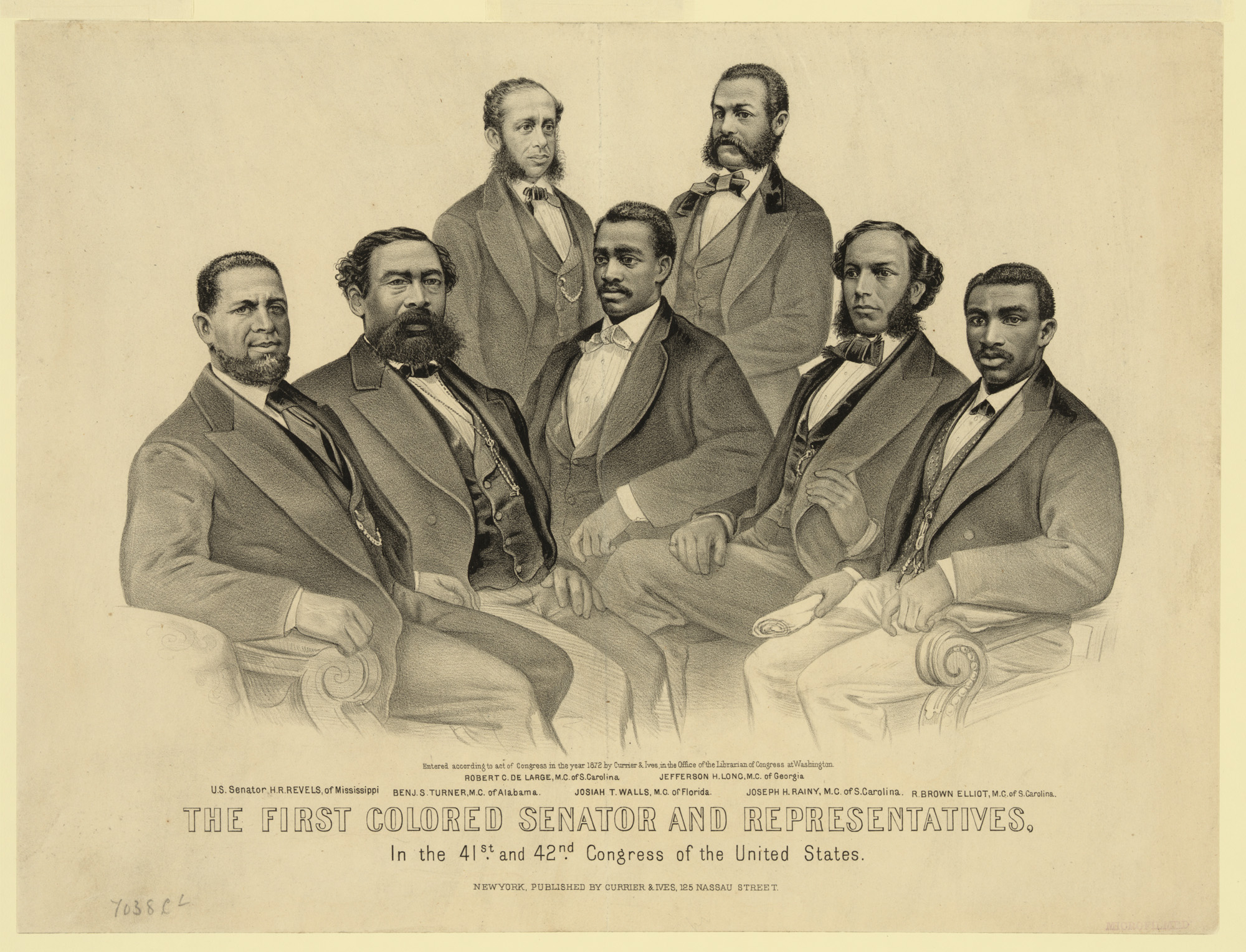Report on the Erosion of International Humanitarian Law and its Impact on Sustainable Development Goals
Executive Summary
A report on the 76th anniversary of the Geneva Conventions indicates a significant decline in political commitment to International Humanitarian Law (IHL). This erosion directly threatens the achievement of the 2030 Agenda for Sustainable Development, particularly Sustainable Development Goal 16 (Peace, Justice and Strong Institutions). The weakening adherence to the rules of war results in catastrophic humanitarian consequences, undermining global progress. In response, a global initiative aligned with SDG 17 (Partnerships for the Goals) has been launched to reinforce the political will necessary to uphold these universally ratified treaties.
The Geneva Conventions as a Framework for SDG 16
The Geneva Conventions serve as a foundational legal framework for protecting human dignity during armed conflict, directly supporting the objectives of SDG 16. The rules were established to protect the most vulnerable populations and are critical for:
- Promoting Peace and Justice (SDG 16): By setting limits on warfare, IHL aims to reduce violence and preserve pathways back to peace.
- Protecting Civilians: The conventions are designed to safeguard non-combatants, the wounded, and prisoners, which is essential for reducing death rates and suffering as per Target 16.1.
- Upholding the Rule of Law (Target 16.3): Universal ratification of the conventions establishes them as a key component of the international rule of law, which states are obligated to respect.
Consequences of Non-Compliance for the 2030 Agenda
Failure to respect IHL has severe and direct negative impacts on a wide range of Sustainable Development Goals beyond SDG 16. The breakdown of order and protection in conflict zones creates systemic barriers to development.
- SDG 1 (No Poverty) & SDG 2 (Zero Hunger): Conflict destroys livelihoods and agricultural infrastructure, driving poverty and food insecurity.
- SDG 3 (Good Health and Well-being): The targeting of civilians and medical facilities leads to immense suffering and the collapse of health systems.
- SDG 11 (Sustainable Cities and Communities): The destruction of homes and infrastructure leads to mass displacement and reverses progress in creating safe and resilient communities.
A Global Partnership for Renewed Commitment (SDG 17)
In an effort to counteract the weakening commitment to IHL, a global partnership has been formed, demonstrating SDG 17 in action. This initiative seeks to leverage multilateral cooperation to reinforce the principles of humanitarian law.
- The International Committee of the Red Cross (ICRC), alongside Brazil, China, France, Jordan, Kazakhstan, and South Africa, launched a global initiative to renew political will for IHL.
- More than 70 states have since joined this collaborative effort.
- A call to action has been issued for all remaining states to commit to this partnership to strengthen the protective power of IHL.
Conclusion and Forward Outlook
The protective power of the Geneva Conventions is contingent upon the political will of global leaders to uphold them. Respect for IHL is not optional; it is a prerequisite for achieving sustainable peace and development. The choices made by states today will define the future of humanity in war and determine the viability of the Sustainable Development Goals in conflict-affected regions for decades to come.
1. Which SDGs are addressed or connected to the issues highlighted in the article?
-
SDG 16: Peace, Justice and Strong Institutions
The entire article is dedicated to the principles of SDG 16. It focuses on the importance of international agreements like the Geneva Conventions, which are fundamental to promoting peace and justice. The article’s central plea is for states to uphold international humanitarian law (IHL), which is a core component of the “rule of law” at the international level. The text highlights the need for strong commitment from global institutions and states to prevent violence and protect human rights during conflict, as stated in the line, “The rules remain, but the commitment to uphold them is weakening, with catastrophic consequences for people trapped in conflict.”
2. What specific targets under those SDGs can be identified based on the article’s content?
SDG 16: Peace, Justice and Strong Institutions
-
Target 16.1: Significantly reduce all forms of violence and related death rates everywhere.
The article directly addresses this target by advocating for the respect of the Geneva Conventions. The purpose of these conventions is to limit brutality in war and protect vulnerable populations, thereby reducing violence and death. The text explicitly mentions the goal is to protect “the civilian caught in the crossfire, the wounded on the battlefield, the prisoner behind bars,” which directly contributes to this target.
-
Target 16.3: Promote the rule of law at the national and international levels and ensure equal access to justice for all.
The article is a call to action to promote the rule of law at the international level. It emphasizes that the Geneva Conventions are “universally ratified” and that “Respect for the rules of war is not optional.” The launch of a “global initiative to renew political will for international humanitarian law” is a direct effort to strengthen the international rule of law.
-
Target 16.a: Strengthen relevant national institutions, including through international cooperation, to build capacity at all levels, in particular in developing countries, to prevent violence and combat terrorism and crime.
The article describes a clear example of international cooperation aimed at strengthening institutional commitment to IHL. It mentions, “the ICRC, alongside Brazil, China, France, Jordan, Kazakhstan and South Africa, launched a global initiative to renew political will for international humanitarian law.” This initiative is a form of international cooperation designed to build the political will and, by extension, the institutional capacity of states to uphold these laws.
3. Are there any indicators mentioned or implied in the article that can be used to measure progress towards the identified targets?
SDG 16: Peace, Justice and Strong Institutions
- Indicator for Targets 16.3 and 16.a: The article provides a specific, quantifiable indicator for measuring progress in international cooperation and commitment to the rule of law. It states, “More than 70 states have since joined us in this effort.” The number of states joining the global initiative serves as a direct measure of the success and reach of this cooperative effort to uphold IHL.
- Implied Indicator for Target 16.1: While no specific data is provided, the article implies the relevance of Indicator 16.1.2 (Conflict-related deaths per 100,000 population). The phrase “catastrophic consequences for people trapped in conflict” points to the high human cost when IHL is ignored. Therefore, a reduction in conflict-related deaths would be the ultimate measure of success for the actions advocated in the article.
4. Table of SDGs, Targets, and Indicators
| SDGs | Targets | Indicators |
|---|---|---|
| SDG 16: Peace, Justice and Strong Institutions | 16.1: Significantly reduce all forms of violence and related death rates everywhere. | Implied: The need to reduce “catastrophic consequences for people trapped in conflict,” which relates to Indicator 16.1.2 (Conflict-related deaths per 100,000 population). |
| SDG 16: Peace, Justice and Strong Institutions | 16.3: Promote the rule of law at the national and international levels and ensure equal access to justice for all. | The number of states joining the global initiative to renew political will for IHL, mentioned as “More than 70 states,” which measures commitment to the international rule of law. |
| SDG 16: Peace, Justice and Strong Institutions | 16.a: Strengthen relevant national institutions, including through international cooperation, to build capacity at all levels… to prevent violence… | The existence of the “global initiative to renew political will for international humanitarian law” and the number of participating states (“More than 70 states”) as a measure of international cooperation. |
Source: icrc.org







